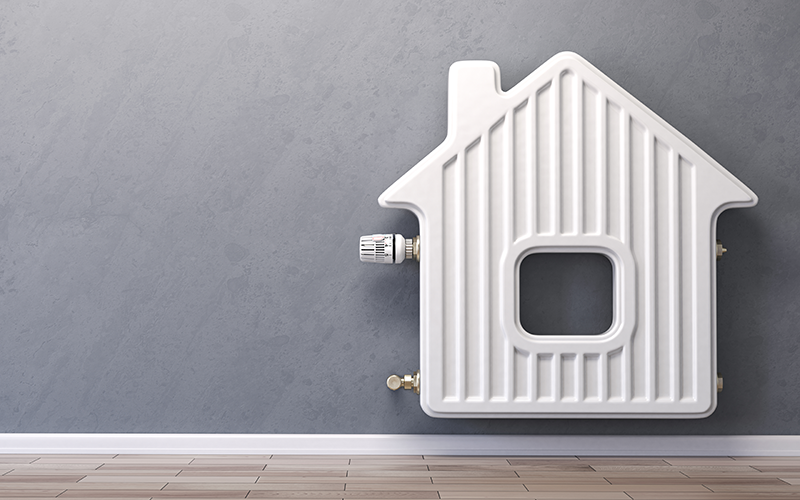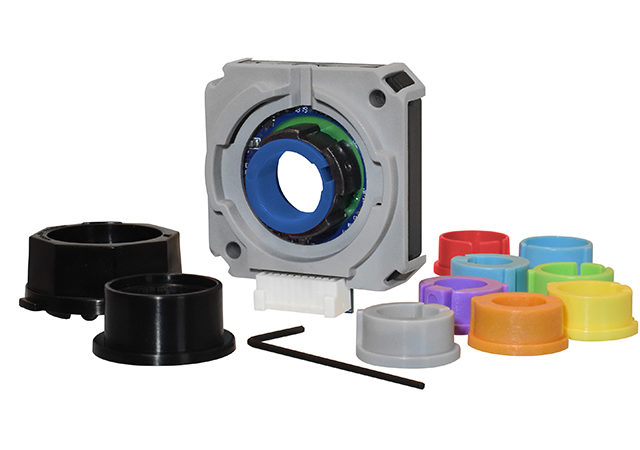It’s that time of year again – temperatures have started to plummet, our homes are getting chillier and we’ve found ourselves cranking up the heating.
Written by Simon Thompson Co-founder of Accommodation For Students
While there’s not much you can do to stop it from getting cold outside, there are ways to keep your home warm without upping your energy bills.
Simon Thompson co-founder of Accommodation For Students has provided expert advice on how students can heat their homes while keeping energy bills down.
Bleed your radiators
It’s important that your central heating is working effectively to heat your home. When radiators have trapped air inside them, it stops the warm water from circulating and heating. Bleeding your radiators will allow the air to escape, so that it can work more efficiently.
If your radiators are making a bubbling or ticking noise, this is often a sign that you have air trapped in the pipes and it needs bleeding. Bleeding radiators comes under day-to-day maintenance, so check with your landlord as they may be responsible for this.
Invest in an electric blanket
Electric blankets keep you toasty warm while you are studying at your desk, cosying up in bed or chilling out watching Netflix – and they’re cost-efficient to run.
Heated blankets can help cut the cost of your energy bill, as they are typically much cheaper to run than putting your central heating on, as they cost less than 5p an hour. They also keep you warm without needing to heat the entire room or house.
Draught-proof your home
Draught-proofing your windows and doors is one of the most effective ways to save energy and money, as we embrace the colder weather. Keeping the warm air in and the cold air out of your home is simple and easy to do, start by looking around to see where there are any uncovered gaps and openings that lead to outside.
Place rolled blankets or towels up against doors or windows where you notice a draft coming through. It’s your landlord’s responsibility to ensure that your home is kept warm throughout winter, so speak to them about purchasing draft stoppers or fixing the problem.
Reposition your furniture
Moving your furniture can help to make the heat circulate around the home a lot easier. If your sofa, bed or drawers are positioned close to the radiators, rearranging them will allow the heat to move around the room, instead of just absorbing into the furniture. Leave the radiators exposed and lift up any curtains to let the heat flow easily.
Don’t heat every room in the house
If you have rooms in the house which are not in use, then turning the radiators off and keeping the doors closed will keep your energy bills down. The best thing to do is to turn the radiators on intermittently, so that the space doesn’t become damp. It’s important to keep the doors closed as the cold air will seep into other rooms in the house.
If the radiators are not fitted with a thermostatic radiator valve to control the temperature of the specific room, then speak to your landlord, this could be something they invest in.
Add extra layers to your home
It’s surprising how much heat is lost through the floors, especially in spaces that have hardwood or stone floors, like the kitchen and bathroom. Fitting a new carpet is far too expensive and in rented accommodation, this can become more challenging, so a rug is an ideal solution. Rugs can help to prevent heat from escaping through the floors.
Blankets and throws are a great addition to any space, to create a cosy feel, while they won’t add warmth to the room they will certainly make you feel warmer.
Turn down the heating
Turning down the thermostat could save you money on your energy bill and help you to reduce your carbon emissions. It may be an obvious solution, but the hotter the temperature, the more costly your monthly bill will be. It’s recommended by The World Health Organisation that thermostats are set at 18°C for a healthy individual.




